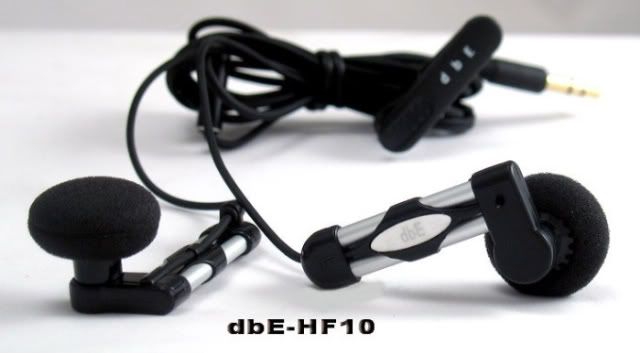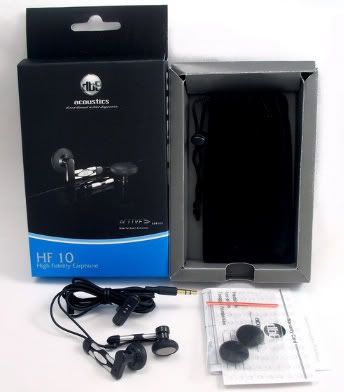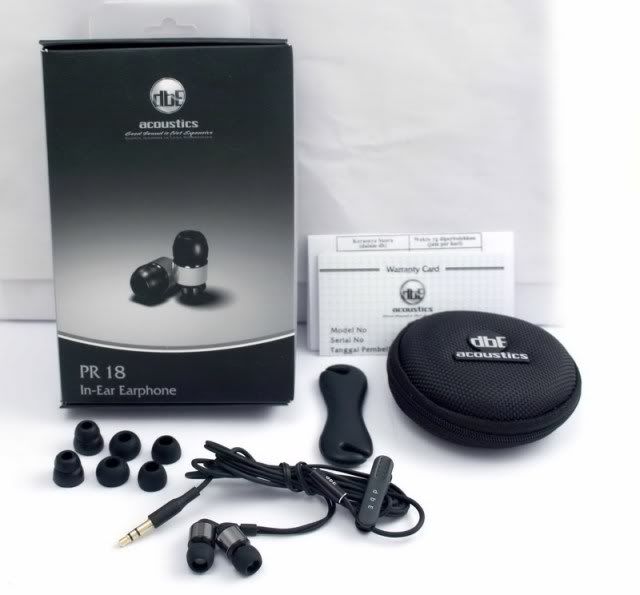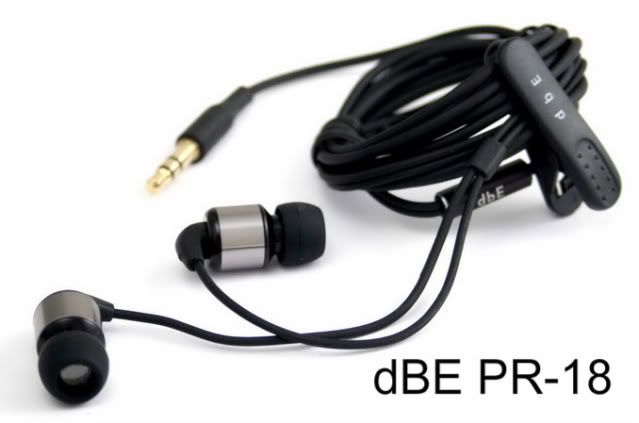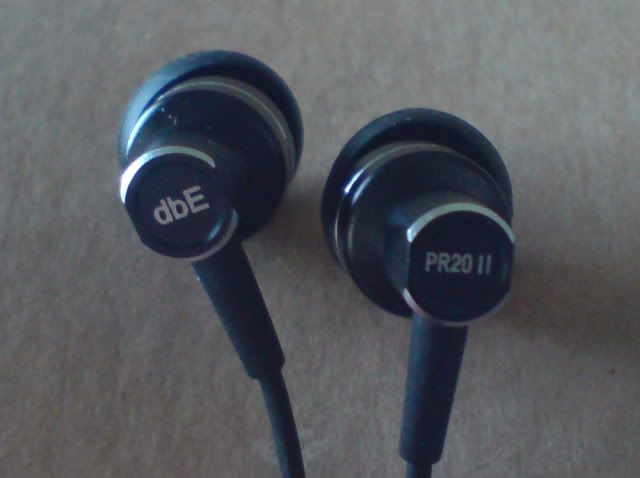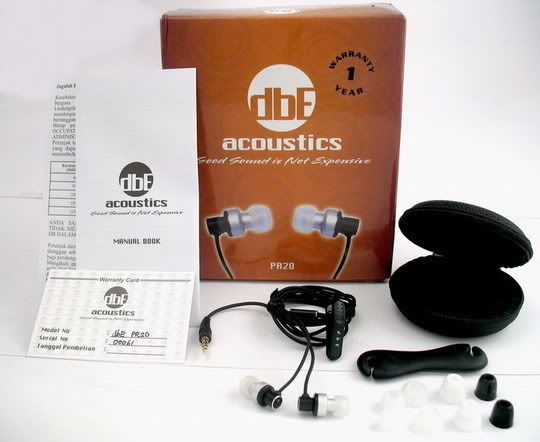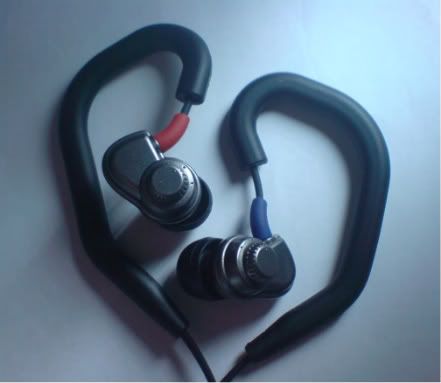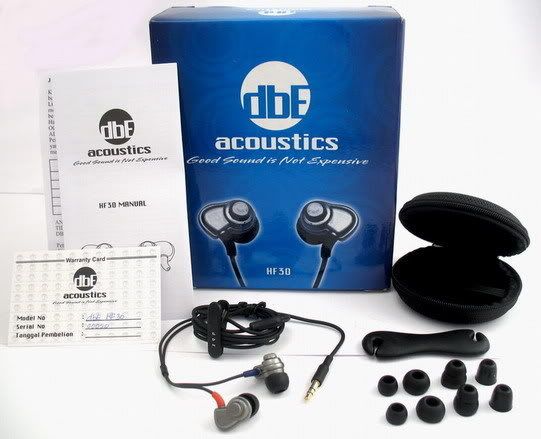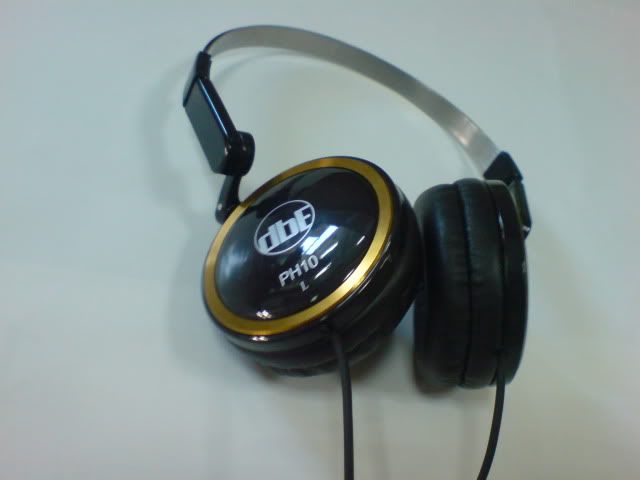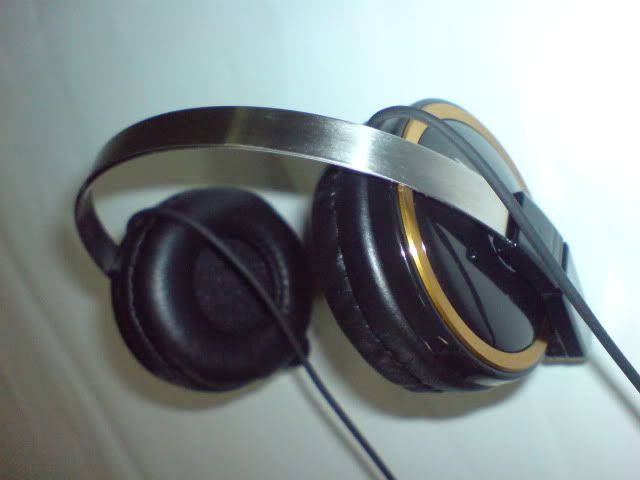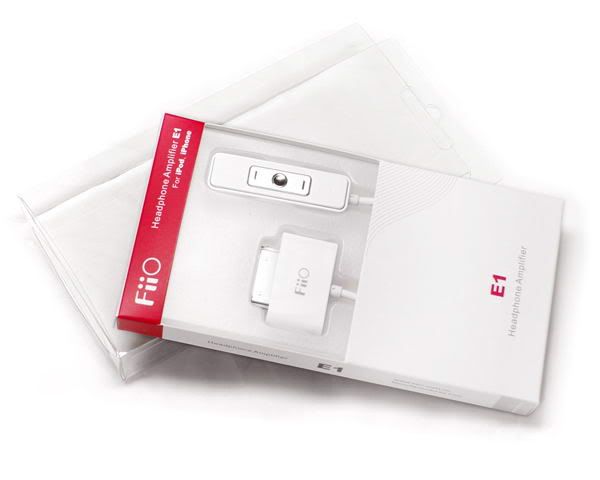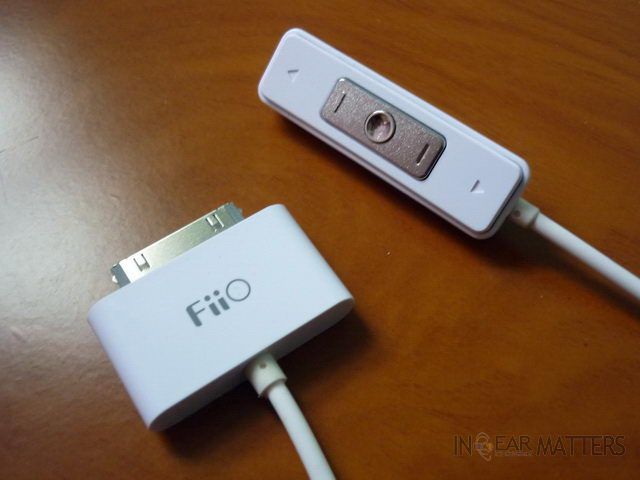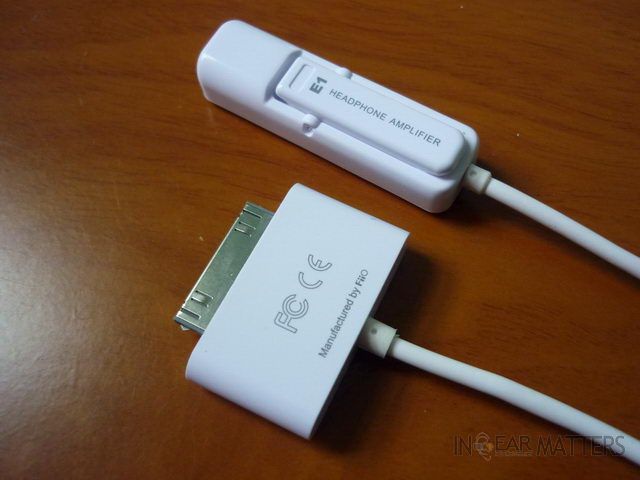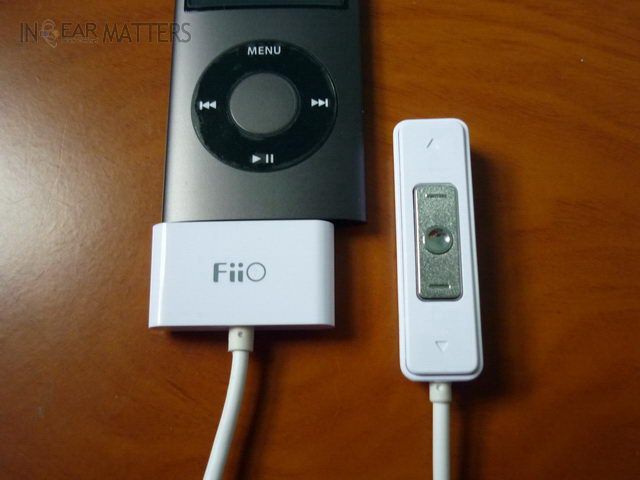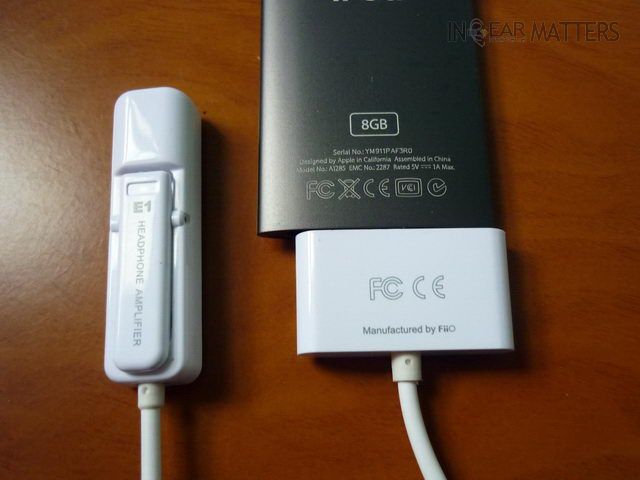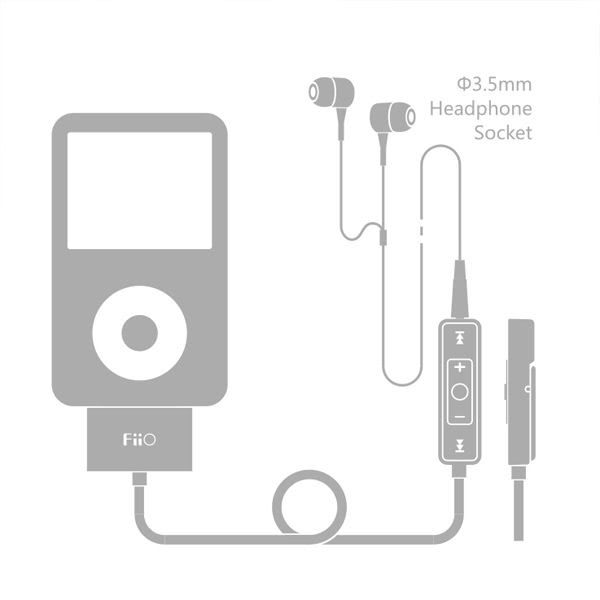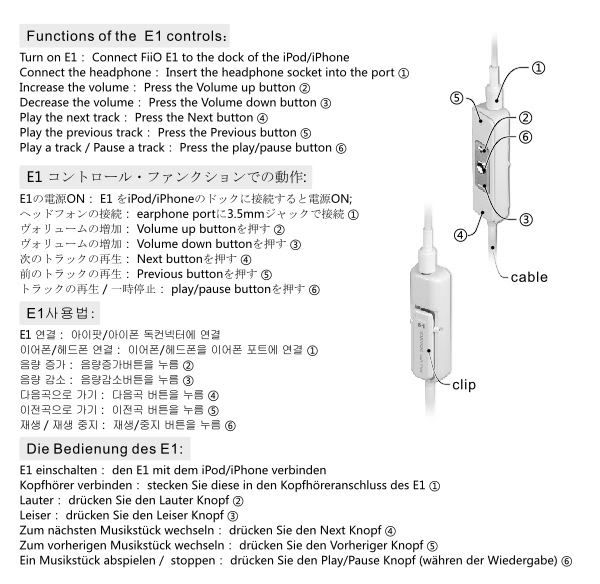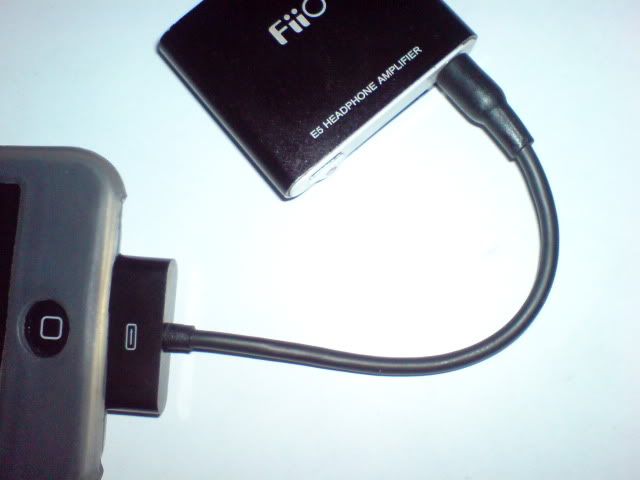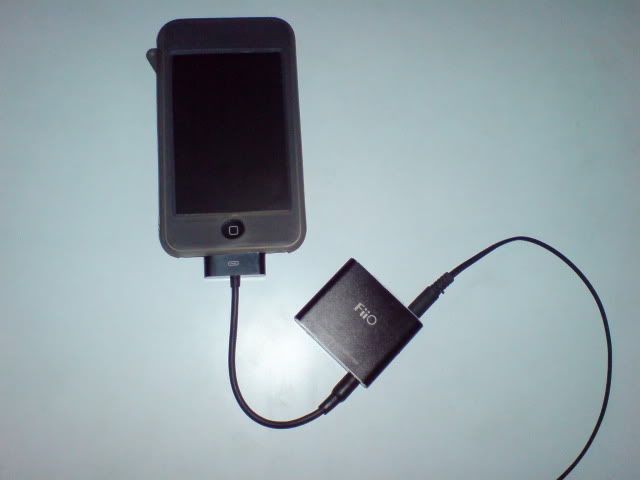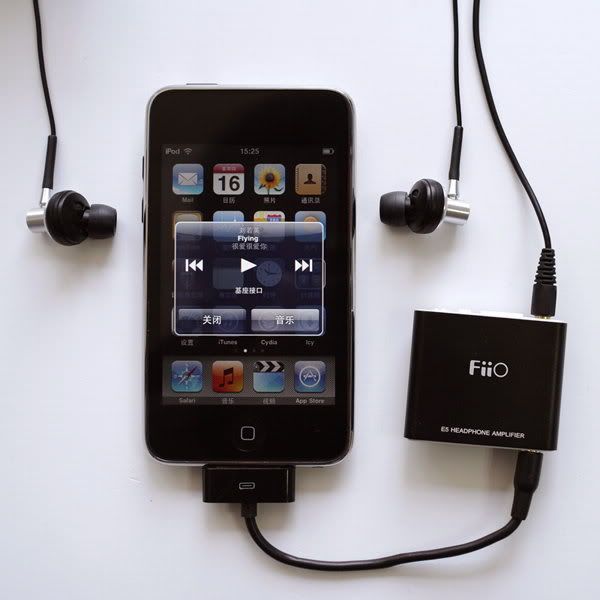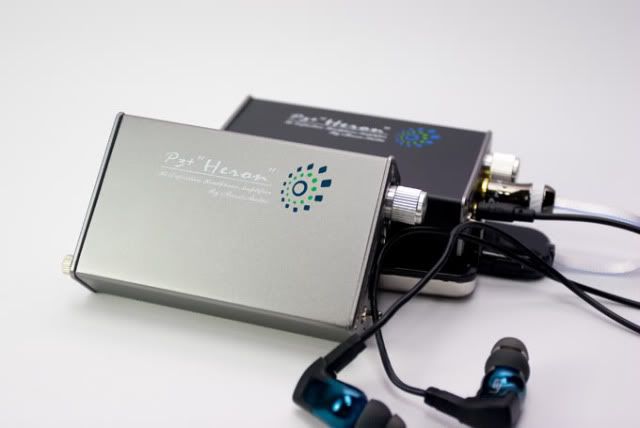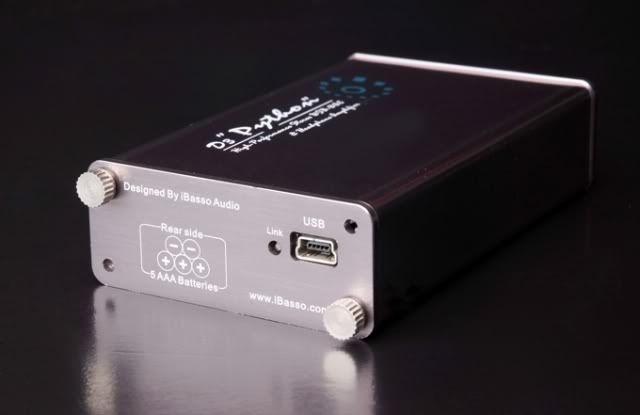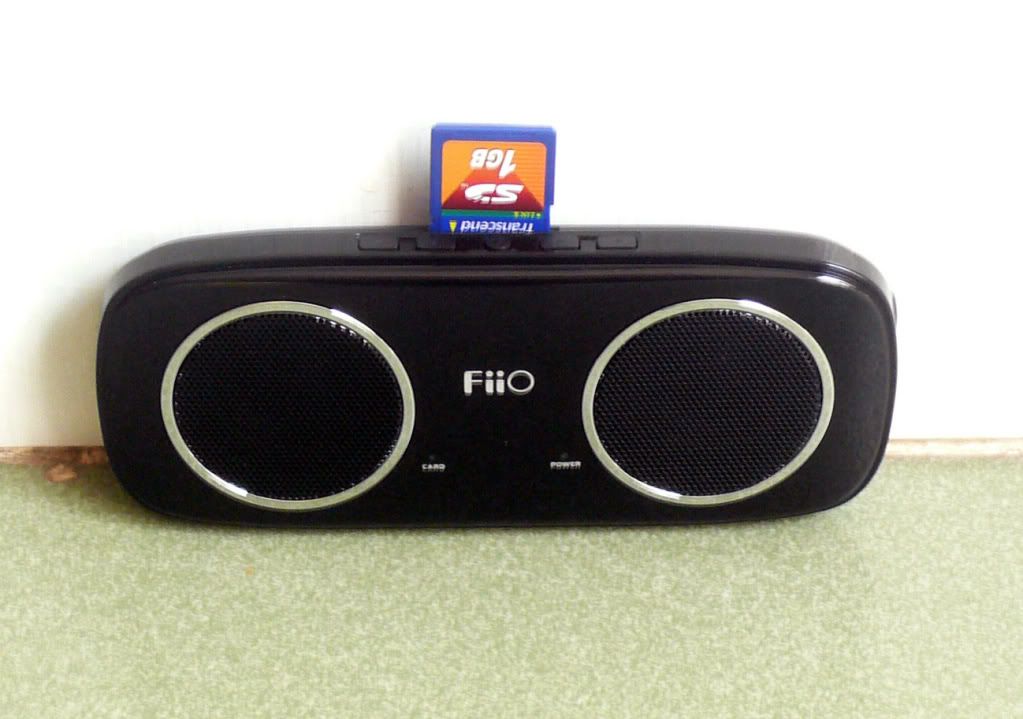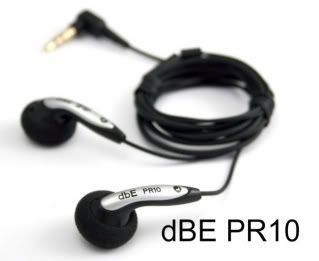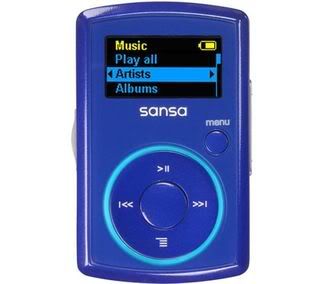Re: == [WTS] dbE Acoustics Earphone, FiiO Head Amplifier & FiiO Speake
Frequenty Asked & Questions
What is the difference between dbE and other earphones?
We found in the market for entry level earphones contains of earphones with boomy bass and low details. Earphones with natural balanced and detailed sound are only available at a much higer price. Therefore, we are committed to create earphones that hold those qualities at an affordable price. Try our earphones and you will imediately feel the diffrence with other brands.
What about its sound quality?
We believe that in music, there are a lot of details that we've never heard before. We create dbE Acoustics to present the hidden details in your music. You will hear a lot of details that you've never hear before. In Addition, our earphones will be able to create "staging". You will feel that you are involved in the music, and you will be able to hear each instrument separately. This is what we call "true music experince."
What is the difference between in-ear earphone and normal earphone?
In-ear earphone gives outside noise insolation. You will be able to hear your music with low volume even in noisy surroundings, so you don't have to turn up your volume to compete with the outside noise. In ear earphone is suitable for music listening in train, bus or plane. However, never use in earphone in a situation where attention to your surrounding is needed. For example, driving and bicycling.
How low is your warrany?
All of our earphones are covered by 1 (one) year warranty for manufacturing deffect. You Will need to provide either the proof of purchase or warranty card to claim your warranty. We will replace the defective product with a new one.
What is the diffrence betweend HF and PR series?
Music Contains of jazz, pop, rock, R & B and more other genres. We believe that no earphones in this world would be able to cater every genre for music enthusiasts. Therefore, we divide our earphones lifes into PR dan HF series so every musich enthusiast can easily chose model to suit their gendre preferences. Generally, PR series is designed for music with fast punchy bass such as R&B and rock. meanwhile HF series if designed for slower music.
Is a headphone amp necessary?
The answer is absolutely yes. Some hear the differences immediately; some need more time to train their ears and brains. In either case, once the differences are heard, there is no way back.
In the view of an amp, headphones can be categorized as efficient or inefficient, high or low impedance. Inefficient phones, low or high impedance, cannot be driven to enough volume by weak portables. There is no doubt that these phones need an amp. AKG 240 and 1000 and ER4S are the most popular inefficient phones.
Although efficient phones can be driven to acceptable volume by portable players, this does not necessarily mean the sound is good enough. 10mW output capacity, typical to portables, is simply too weak. The most popular efficient headphones are Sennheiser HD-580, Koss KSC-50, Grado 60 and Etymotic ER4P. When you plug these phones right into a portable player, they sound actually pretty good, but there are still some important things missing.
There is a misleading comment you see everywhere: low impedance headphones such as Grado 60 (32 ohm) and ER4P (27 ohm) do not need an amp and high impedance phones like the HD-580 (300) do need an amp. Wrong, they all need an amp, and, Grado 60 and ER4P are much harder to drive by an amp than HD-580!
Let's look at Tangent's benchmark tests for PPA amps here:
http://www.tangentsoft.net/audio/ppa/amp/bench
Comparing the benchmarks between 1 and 4 buffers, one can easily see: to drive Grado 60 with adequately low THD, IMD and crosstalk, the PPA amp needs 4 stacked buffers while only one buffer is adequate for driving a pair of HD-580. My own benchmarks show the same - low-impedance phones are far more harder to drive. Surprise? Why?
Because, low impedance phones like the Grado 60 need lots of current. When providing high current, an amp tends to generate much more nonlinear distortions, which are reflected in THD and IMD data, and crosstalk between channels. When load impedance is low, an amp's output impedance should be low too. This is obvious. The output ground resistance must keep extremely low, especially at high frequency, otherwise channel crosstalk will go too high. Stacked buffers can provide multiplied higher current capacity and lower output resistance and therefore improve benchmarks and sounding.
You see, even a super amp like PPA needs lots of efforts to drive a pair of Grado 60 and ER4P that are considered (falsely) as easy-to-drive phones, how well those 10mW portables do? When you plug your ER4P into your iPod, for example, you hear no bass, because for low frequency signal, current requirement is even far more higher. This is why, even though iPod and most other modern portables all have flat 20-20k Hz frequency responses on paper. They simply cannot generate enough juice (current) into these phones, especially for bass.
Does this mean high impedance phones like the HD-580 do not need an amp? No. For example, when you plug a pair of HD-580 into an iPod, they sound pretty good. But there are still at least two things missing here. When an amp drives low impedance phones, current capacity and output (including ground line output) impedance play the most important roles there as described above. When driving high impedance phones, current and impedance facts are relatively of less dominance, but high voltage swinging performance rules here. First, the amp must be able to swing between very high voltage rails to produce enough volume before clipping occurs. If the amp does not have enough voltage headroom, you'll hear clippings when music comes to the loudest scenes. Second, how fast the amp swings (slew rate). If it is too slow, then a fast violin stroke, for example, won't be able to break your heart. Many people complain that HD-580s do not have the same impacting of Grado 60. Actually it is their amp's fault - slew rate is too low. The 300 ohm HD-580 requires far wider voltage swings than the 32 ohm Grado 60 does; therefore, high slew rate becomes very critical.
Most portables work at very low voltage (1.5v to 4.5v) and they cannot do neither of these two things well: the magnitude and velocity of voltage swing. When you plug a pair of HD-580 right into an iPod, the sound is pretty good (low noise and distortion), but you are not going to feel any power and heart-breaking strikes.
There are many other technical details, but most people do not need to know them as they do not design or make amps, but above is the most important aspects and are enough to show how necessary good headphone amps are to headphones.
Now you may say: okay, an amp sounds better, but does it worth the money and the carrying hassle?
Good point, that's exactly why I make these affordable and extremely portable and battery-friendly amps. I'm also making an MP3 player that has a build-in hi-end amp.
You may ask: how can the SuperMini, which uses only 3 batteries, drive HD-580?
Good question. Unlike other amps that can use only 2V out of 4.5V to drive headphones, SuperMini can use all the 4.5V to drive headphones. SuperMicro uses the same rail-to-rail buffers to drive headphones with all available voltage.
Really, no any headphones that do not need an amp? There are, such as those $10 or more Sony, Panasonic and Philips. However, not that they are good enough, but too bad - don't waste your amp and money for them. As I always say, try a pair Koss KSC50 first for only $17, no matter "who you are, where you're from, what you did, as long as you love" music. They sound good enough without, but still better with an amp.
What is ‘burn in’?
When speaking of headphones, ‘burn in’ is the term used for the settling oft he design parameters of the diaphragms into their intended state. The physical process is that the diaphragms loosen up through use and eventually reach a point that could be considered final. A similar situation is breaking in a new pair of shoes.
Why do people choose to burn in a new pair of headphones shortly after getting them?
Fresh out of the box, a pair of headphones may not sound as good as a well used pair, as the designers have intended. Often, people want their headphones to sound the way that they are intended as soon as possible. Most people don’t want to wait for weeks or months of regular use, so the choice is to expedite burn in by getting the process over with in the first week of ownership. Others choose to listen to their headphones as they change over the burn in period.
How do I burn in my new pair of headphones?
You can simply play music through them continuously. Some prefer using pure tones, sine wave sweeps, pink noise, or AM/FM static for burn in. Some recommend using bass heavy music. The method of burning in a headphone does not change depending on model or manufacturer.
Which burn in method is most efficient?
There is no scientific evidence proving that one is better than the other. Choose the method that you prefer.
What do I do with my headphones while they are burning in?
You can set them on a table, put them in a sock drawer, put them under some pillows, or put them on your head. It’s up to you.
Do I have to burn in my new pair before I listen to them?
No. You can listen to your new pair of headphones straight from the box. Whether or not to burn in your headphones is your choice. As you listen, you may hear gradual changes in the sound through use. Some people choose to listen periodically during the process, while some hold out until the process is complete. While still others listen for the burn in throughout the entire process listening from day one and enjoying the evolution in sound.
How much does burn in effect the sound of the headphones?
Some say burn in has a drastic effect, some say there is little effect, and some say that there is no effect. The amount of change resulting from burn in will be different for each model of headphones.
How long should I burn in my new pair?
Many recommend approximately 100 hours for most headphones. Some recommend as many as 200 hours or more. Different headphones may take longer than others for a so-called ‘complete’ burn in, and there is no exact or set length of time for burn in. It is best to use your ears to listen for changes to decide when you should stop the burn in process.
When is burn in complete? Can I burn in too much?
The idea behind initial burn in is to reach the point at which audible changes stop occurring and you are left with drivers than have settled into the sound that they will have forever after, the sound that it was designed to have. After that point, regular use of the driver won’t cause significant change in the sound, until perhaps years and years later when thousands upon thousands of hours have passed and the life of the driver is at its end. However, some say that burn in is never complete. The argument is that regular, long-term use constantly wears on the drivers and that wear always has an affect on the sound. Still, it is safe to say that, after a driver has reached its designed parameters through burn in, regular use won’t cause significant audible changes.
Is there a wrong way to burn in my headphones?
You risk damaging your headphones at any time by using extremely high volumes. Some recommend setting the volume to a comfortable listening level during burn in, while others recommend a volume slightly higher than your normal listening level. If you hear distortion, pops, or kracks due to high volume, you are likely doing damage to the drivers. Also, using very low volumes will not be very effective in burning in your headphones.
Is burn in actually real?
The idea of burn in has always been controversial. Some people say that there is evidence that proves it while others say that there is evidence to disprove it. Some consider the phenomenon to be purely psychological conditioning while others insist upon physical changes to the drivers, and some agree upon a combination of the two. You are free to be a believer, and you are free to be a skeptic. Whether or not you believe in it and the position you take on the subject is a choice that you should make for yourself.






